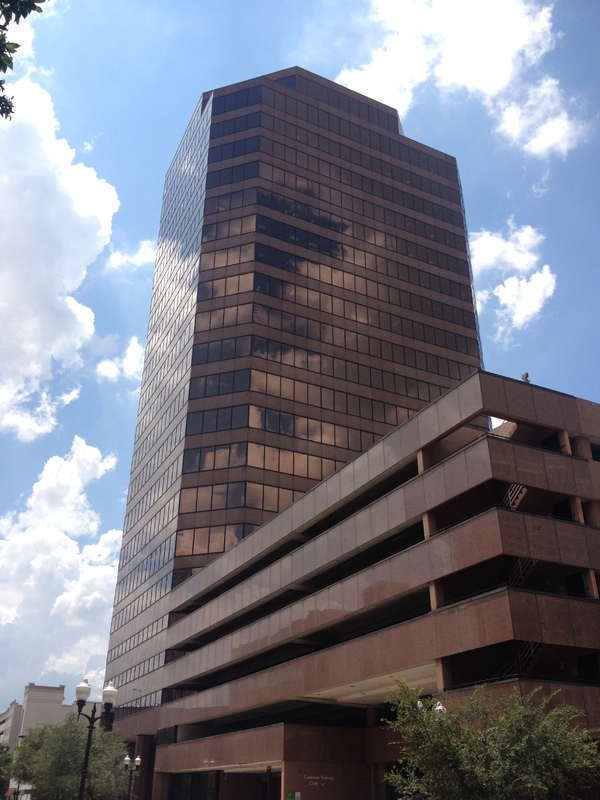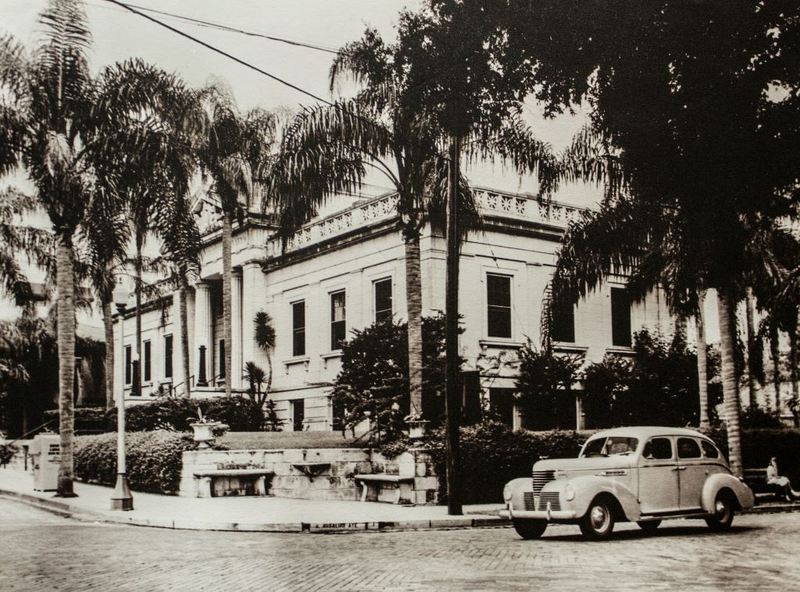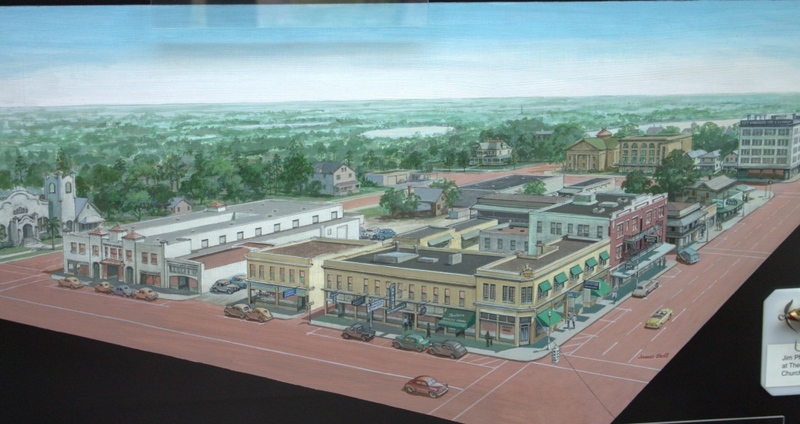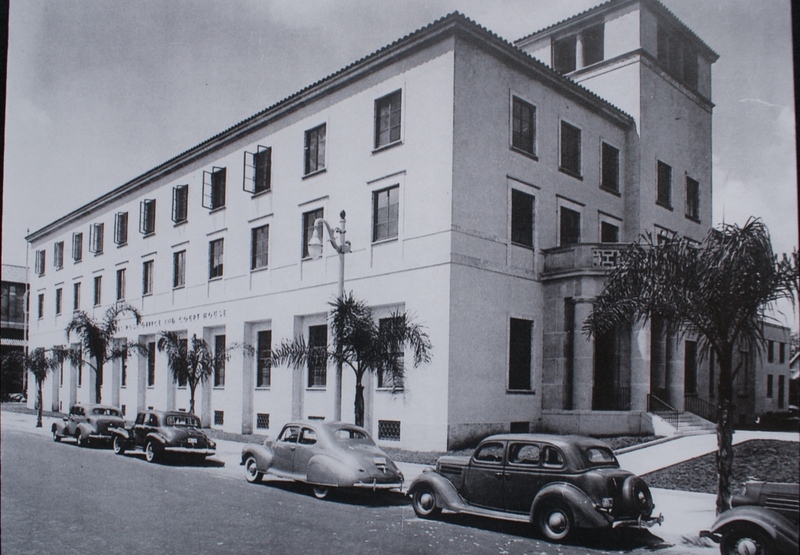Exhibits
This digial exhibit was created by UCF history intern Rachel Williams during the Summer Semester of 2014. The physical exhibit was created by Orlando Remembered at the Regions Bank building, located at 111-113 North Orange Avenue in Downtown Orlando, Florida. The Orlando Remembered Committee of the Historical Society of Central Florida, Inc. was created to "showcase artistic renderings of the time depicted, with artifacts and historical memorabilia from the location in an effort to preserve the memory of Orlando's history while acknowledging the potential of the City's future." The exhibit at Regions Bank memorializes several businesses and churches located around the Sears, Roebuck & Company building (now the Regions Bank building), including Frigidaire, the Cathedral of St. Luke, St. James Catholic Church, Denmark's Sporting Goods, Kiddie Korner, Main Street Market, Associated Radio Store, and Gibbs-Louis, Inc. The exhibit was designed by Bob Buck and the artwork was created by Jim Stohl.
Orlando’s first library opened in 1923, due largely to the influence of The Sorosis Club, which lent books before there was an actual library. The library was named for Captain Charles L. Albertson, a retired New York City police inspector who contributed a large collection of books. Miss Olive Brunbaugh served as Orlando’s first librarian from 1923 to 1943. Miss Clara Elizabeth Wendel served as librarian until 1970.
The new library, considered one of the finest in the nation, was completed in two stages. The first stage opened in 1966. In 1984, under the supervision of the library's current director, Glenn Miller, the second addition was completed, greatly increasing its size. Glenn Miller was appointed in 1969. The Orlando Public Library now covers a city block and is part of the Orange County Library System, which employs several hundred persons here and in nine branches.
The Orlando Remembered Exhibit at the Downtown Orlando Information Center is located at 400 South Orange Avenue in Downtown Orlando, Florida. This digital exhibit features the history of the block surrounded by South Orange Avenue, East Church Street, South Magnolia Avenue (formerly South Main Street), and East Jackson Street, particularly in the 1940s and 1950s. In the early 1960s, the buildings within the block were demolished and replaced by the Barnett Plaza and CNA Tower in 1952. The lot now includes the Downtown Orlando Information Center and the BB&T Bank building. The center is located at 400 South Orange Avenue.
From its construction onward, the Downtown Orlando Post Office has been a physical symbol of the growing and evolving city that surrounds it. Opened in 1941, the post office experienced many changes that reflected national and local social and economic transformations. Demographic shifts, wars, economic booms and downturns, and social conflicts were reflected in the history of the Orlando Post Office. This exhibit examines the impact of some of these changes on the building itself and the people who worked there or used the agency's services. Viewing the building over time allows us to see the impact it had on Orlando and to glimpse a reflection of the city itself. The post office building was more than just a government edifice; it became a symbol of the city that surrounds it.



